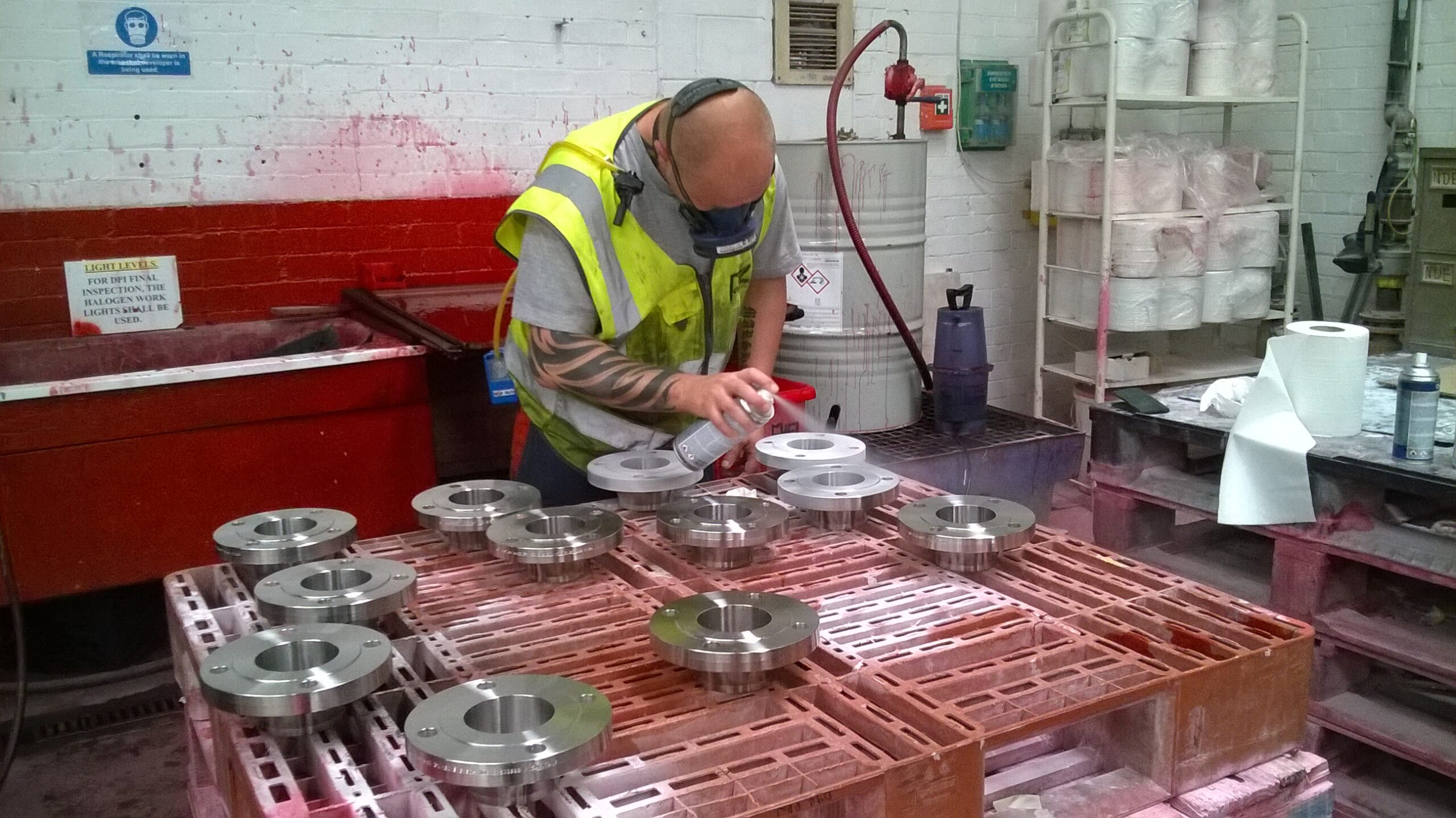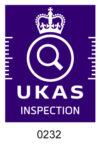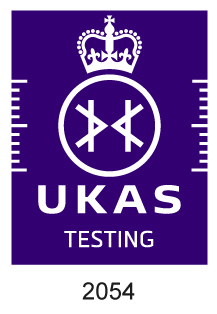Menu
close
**LATEST** New quantitative face fit services for RPE
Book in today
Noise exposure monitoring is covered by the Control of Noise at Work Regulations 2005 . These regulations require employers to assess and manage the risks associated with exposure to noise in the workplace. They set out specific actions that employers must take to protect their employees from the harmful effects of excessive noise, including:
Monitoring exposure levels: Employers must carry out regular noise exposure monitoring to ensure that exposure levels remain within safe limits. This may involve using personal noise dosimeters worn by employees or installing fixed noise monitoring equipment in the workplace
Exposure monitoring is carried out if the COSHH risk assessment highlights a risk of high exposure, or to demonstrate control of exposure. This monitoring measures levels of exposure by inhalation, and can be compared to Workplace Exposure Limits (WELs) as documented in EH40.
Biological monitoring is carried out by sampling and analysing urine, blood or breath for specific contaminants.
Exposure to harmful substances, elevated noise levels and prolonged use of vibration tools can cause serious ill-health over the longer term. If appropriate controls are not being used then employees will be at risk of serious illness such as cancer, asthma, skin diseases , hand-arm-vibration syndrome and deafness.
Occupational Hygiene is concerned with ‘worker health protection’. It is often described as the recognition, evaluation and control of exposure to workplace hazards. These include agents such as may include chemicals, dust, fumes, noise, radiation, vibration and extreme temperatures. chemical, physical and biological agents arising from workplace activity. The presence of these agents may affect the health and well-being of employees.
The Duty Holder is required by law to protect its employees and others from harm. The minimum you must do is:
1.Identify what could cause injury or illness (hazards)
2.Decide how likely it is that someone could be harmed and how seriously ( the risk)
3.Take action to eliminate the hazard, or if this isn’t possible, control the risk.
This chart highlights the possible health effects associated with different types of contaminants found in the workplace.
The law requires employers to adequately control exposure to substances in the workplace that cause ill health. This is the Control of Substances Hazardous to Health Regulations 2002 (COSHH). In addition, organisations need to work within the legal limits for the amount of substances that can be present in the workplace air. There are also regulations for the control of: Noise , Vibration and Local Exhaust Ventilation. You can view a range of HSE guidance relating to Occupational Hygiene at https://www.hse.gov.uk/pubns/books/index-legal-ref.htm
BOHS is a membership organisation that promotes Occupational Hygiene as the science-based discipline for identifying, assessing and controlling exposure to harmful substances in the workplace. It is the only Occupational Hygiene organisation to be awarded a Royal Charter in recognition of its ‘ unique and pre-eminent role as the leading authority in occupational disease prevention’. BOHS is also a UK based examining board for occupational hygiene qualifications

